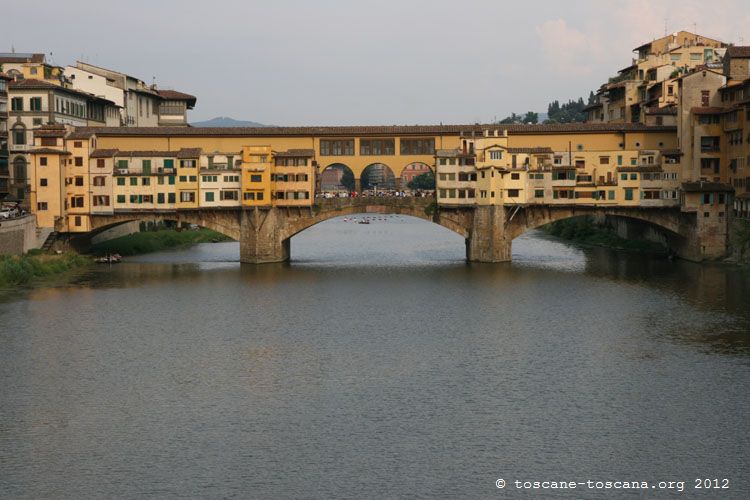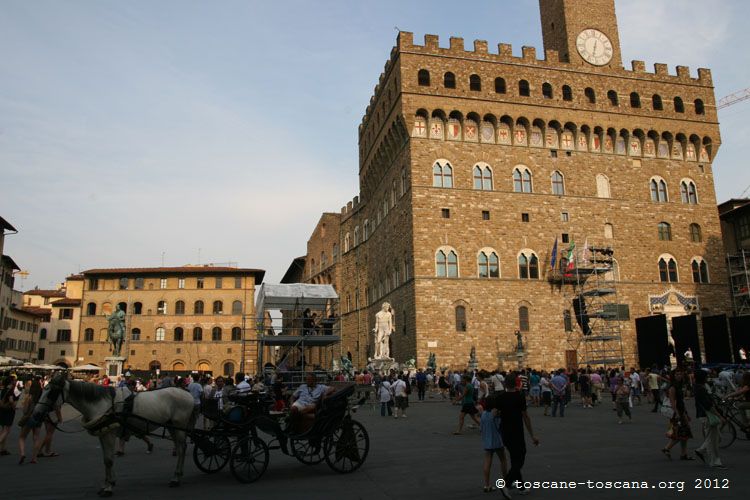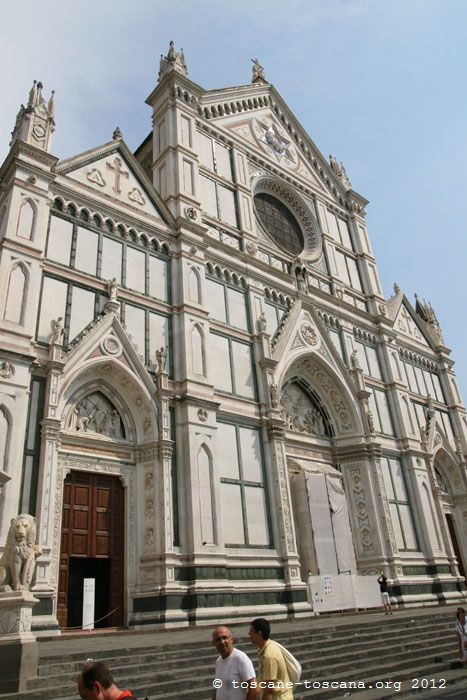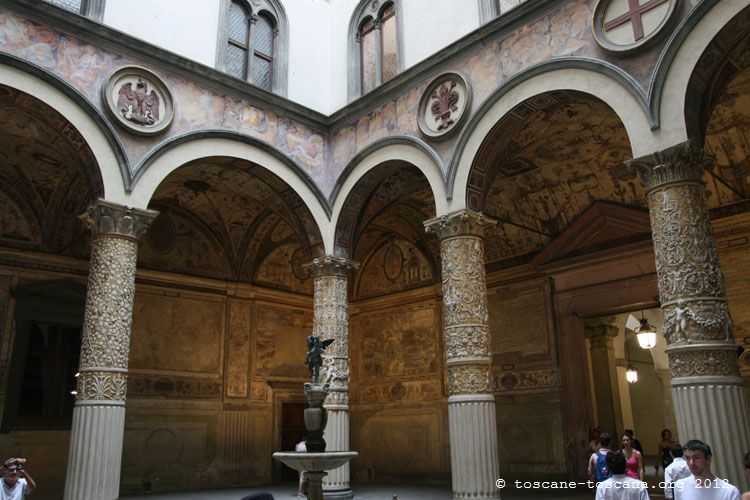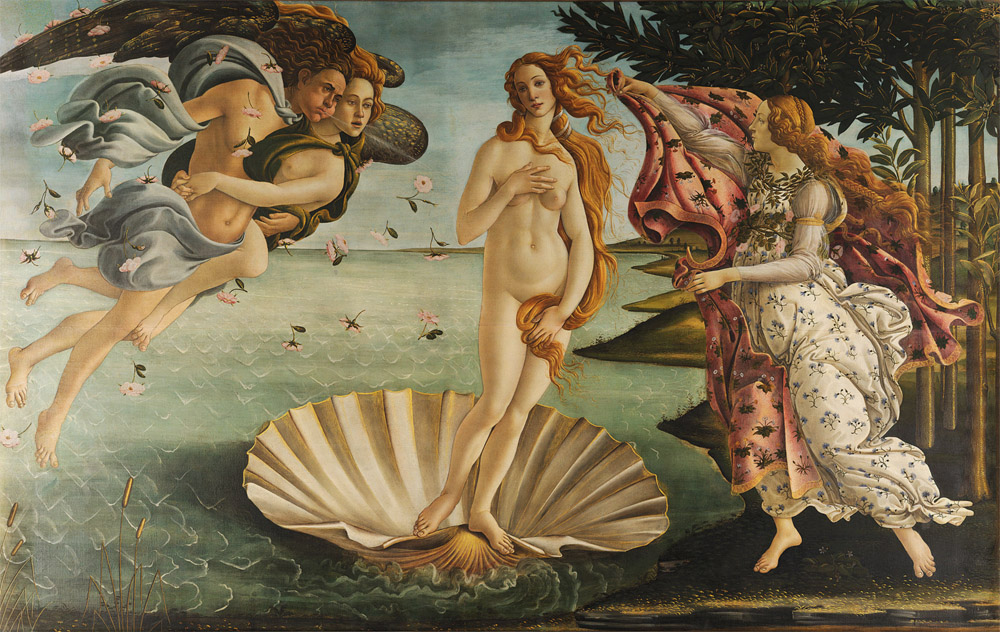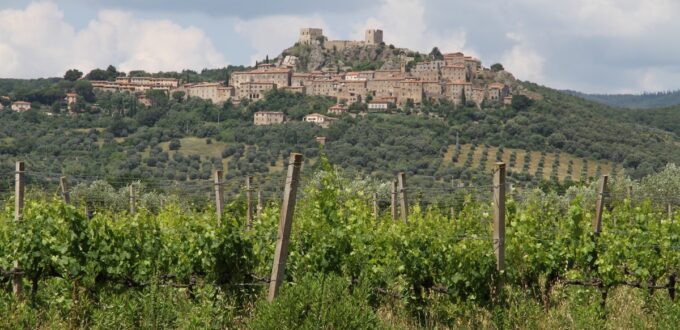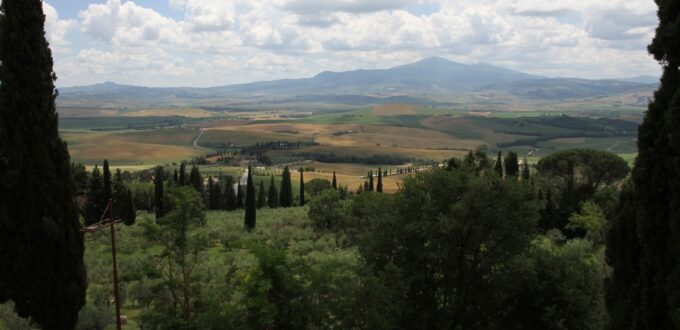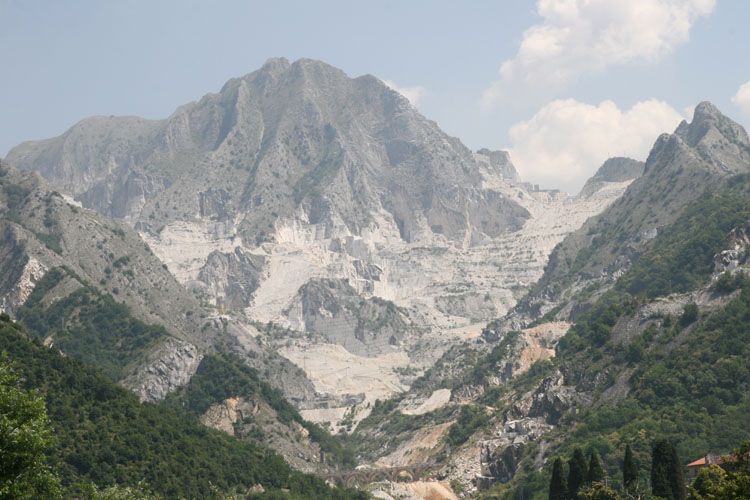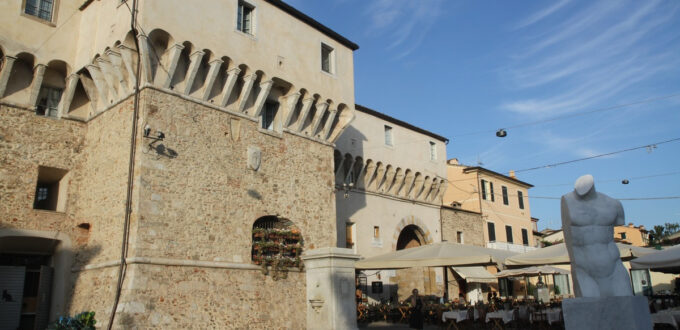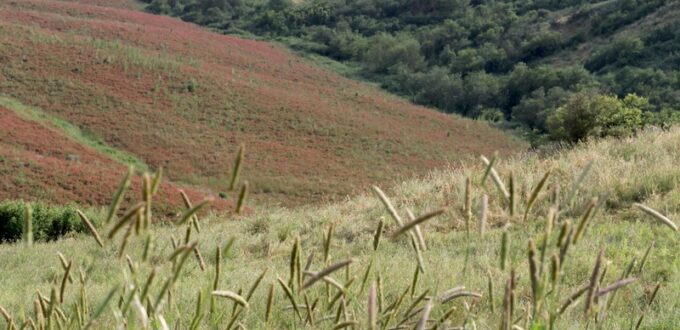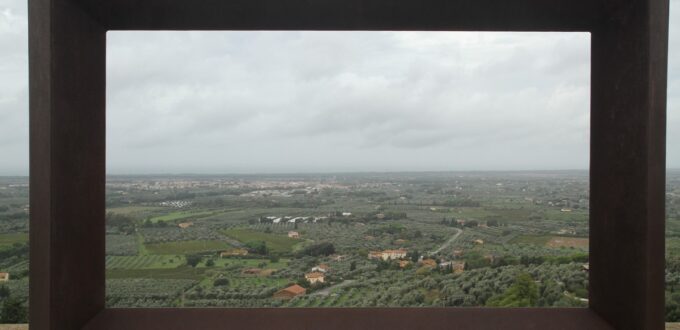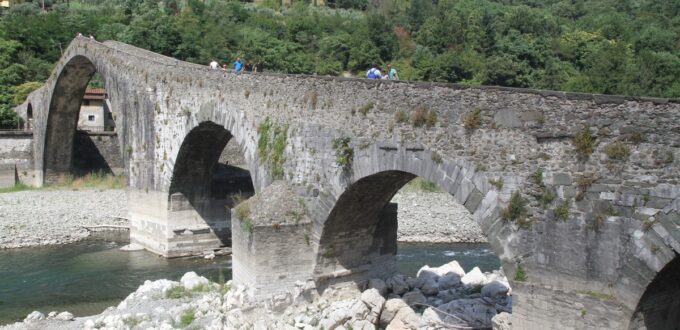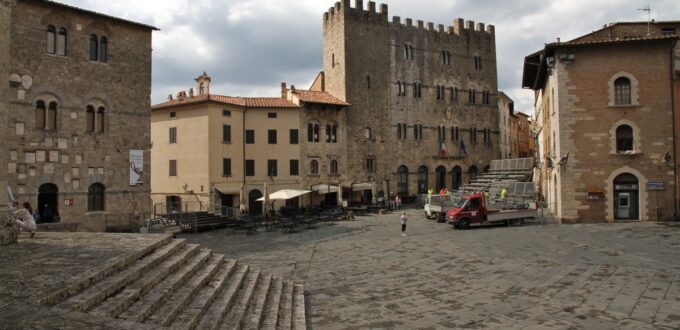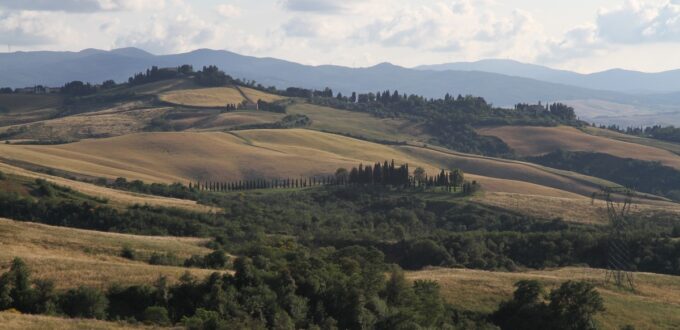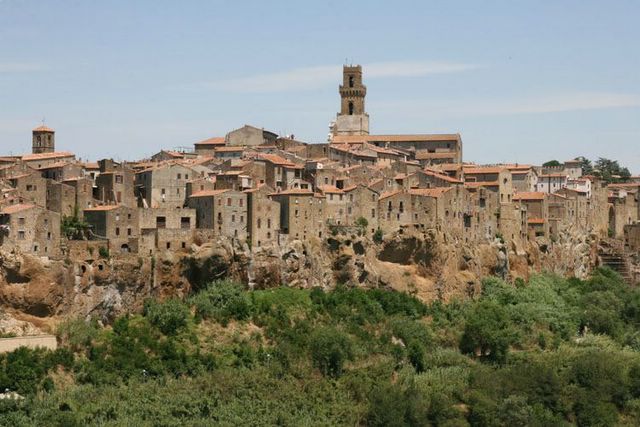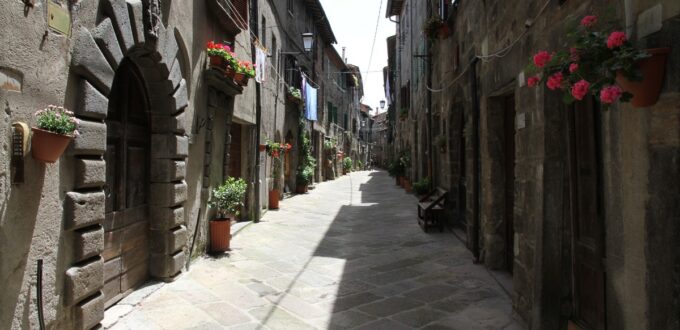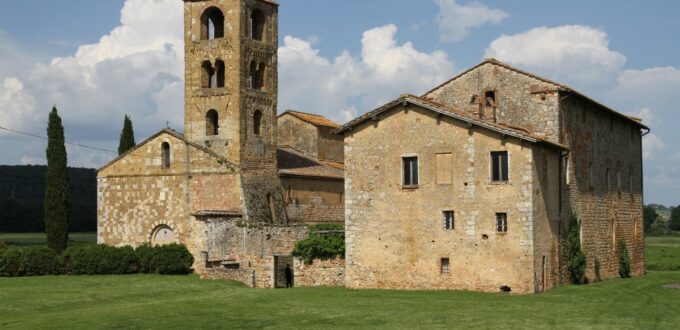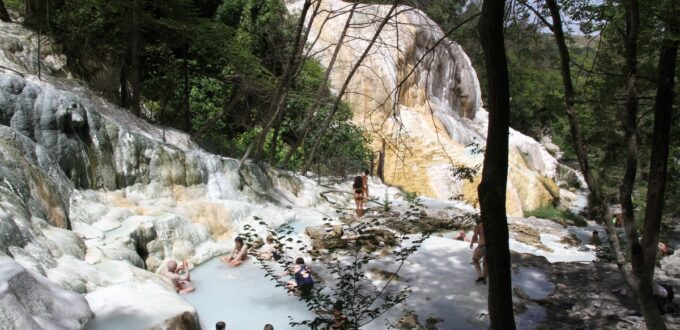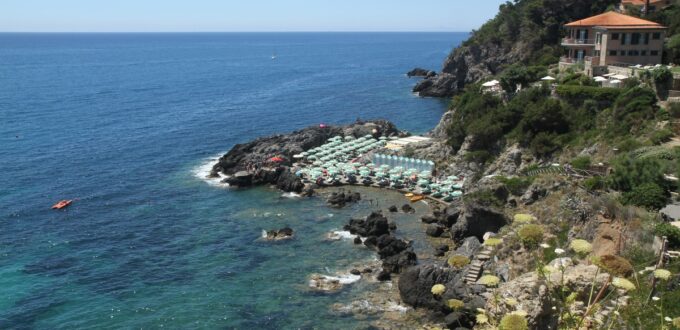The Ponte Vecchio (lit. “the Old Bridge”) is one of the most famous and picturesque landmarks in Florence.The street running across it is lined with jewelry and goldsmith shops, continuing a Florentine tradition dating back to the Renaissance.Built in 1345, it is traditionally attributed to Taddeo Gaddi, a pupil of Giotto, although Neri di Fioravante […]
You are browsing archives for
Author: Galgano
Piazza della Signoria
Piazza della Signoria is the political and historical heart of Florence. Located just a few steps from the Cathedral of Santa Maria del Fiore (Duomo) and the Ponte Vecchio over the Arno, it gathers monuments, sculptures, and palaces that bear witness to the power of the Florentine Republic and the patronage of the Medici. It […]
Churches in Florence
Florence, the cradle of the Renaissance where architecture, art, and history meet at every corner, has an outstanding religious heritage. Its churches bear witness to the city’s cultural and spiritual richness, housing frescoes, sculptures, stained glass, and the tombs of famous figures. Several buildings offer a unique experience, from the monumentality of the Duomo to […]
Museums in Florence
Florence, cradle of the Renaissance, is a true capital of art and culture in Italy. Its museums house some of the most famous masterpieces in the world, ranging from medieval frescoes to Michelangelo’s sculptures, as well as paintings by Botticelli, Leonardo da Vinci, and Caravaggio. Visiting Florence means walking through centuries of artistic history condensed […]
Uffizi Gallery
La Uffizi Gallery in Florence is one of the most famous museums in the world, housing an exceptional collection of Italian Renaissance masterpieces. Upon entering, you will discover iconic paintings by Botticelli, Leonardo da Vinci, Michelangelo, and many others, within a remarkable architectural setting designed by Giorgio Vasari. It also offers a privileged viewpoint over […]
Orbetello and its lagoon
Orbetello is a small, quiet town with a special position on a spit of land in the middle of the beautiful lagoon of 26 km 2, where the road continues on the artificial dam that leads to Monte Argentario. This lagoon is divided into two parts, the Ponente lagoon in the north closed by the […]
Metalliferous Hills
The Metalliferous Hills separate the Maremma region from the Gulf of Follonica to the depths of Tuscany, partly in an area designated as the “Upper Maremma” and neighbouring the lands of Pisa and Siena. They have a full personality, having lived long from the exploitation of metals including silver and copper until 1990, but also iron, lead, zinc, mercury, pyrite and gems.
Mount Amiata
The Mount Amiata (Monte Amiata in Italian) is an extinct volcano in the Apennines, which culminates in southern Tuscany at 1,733 metres, between the Maremma to the west and the valleys of Val d’Orcia and Val di Chiana to the east, close to Umbria and Lazio. The eight municipalities in its territory are part of […]
Carrara in Tuscany
Presentation Since antiquity, Carrara has been famous for its white marble, extracted from the hundreds of quarries that surround the city. Little visited, however, you can still find the testimonies of its industrial and mining past, when marble extraction attracted workers from all over Italy. Activities that are much less likely to provide jobs today. […]
Metalliferous Hills
The Metalliferous Hills (Colline Metallifere in Italian) separates the region Maremma from the Gulf of Follonica to the depths of Tuscany, partly in an area designated as the Alta Maremma, and is adjacent to the lands of Pisa and Siena. See also at the end of page Presentation The Metalliferous Hills have their own personality, […]
Versilia region
The Versilia is a coastal portion of northern Tuscany, almost 20 km long, between its long sandy beaches on the seaside coast, and the relief of the Apuan Alps suitable for hiking and mountain biking, as well as hills of olive trees and vineyards with pretty villages, or the lake of Massaciuccoli. On the coast […]
Populonia in Tuscany
Populonia was one of the 12 city-states of the Etruscan Dodecapolis, and the only major coastal city of this civilization, called Pupluna or Fufluna in antiquity. On the acropolis a beautiful medieval fortress protects today the small fortified village, just steps from the ancient acropolis located 180 meters above sea level north of the promontory […]
Castiglione and Rocca d’Orcia
Castiglione d’Orcia Castiglione d’Orcia is a proud village in the Val d’Orcia, medieval town at the foot of its mighty 14th century Rocca Aldobrandeschi which dominates the entire valley from the foothills of Mount Amiata.The heart of the village is the square Piazza il Vecchietta, named after Il Vecchietta, nicknamed after Lorenzo di Pietro (1412-1480), […]
Val di Cecina
The Val Di Cecina refers to the territory crossed by the river Cecina, from the interior of the land with the city of Volterra to the Tuscan coast with its seaside area, bordered by the “Etruscan coast”.
Volterra is the most fascinating destination of the territory, marked by the Middle Ages, but also by its Etruscan and Roman heritage.
Val di Cecina in Tuscany
The Val Di Cecina refers to the territory crossed by the river Cecina, from the interior of the country with the city of Volterra (called Caecina by the Romans) to the Tuscan coast with its seaside area, bordered by the “Etruscan coast”. Volterra is the most fascinating destination of the territory, marked by the Middle […]
Val di Cornia
The Val di Cornia is a hilly area to the southwest of the Metalliferous Hills and south of the Cecina valley. Rather unknown to tourists, it is however a beautiful region with multiple charms, its varied coast to the wooded hills, or its small villages to the remarkable archaeological remains of Populonia or the mining park San Silvestro.
To the north lie the long sandy beaches and their pine forests, further south the Gulf of Baratti and the rocky promontory of Piombino.
The most charming villages in the hills are Suvereto and Campiglia Marittima, and beautiful vineyards are the source of good wines.
Garfagnana region
In the north of Tuscany and in the province of Lucca, Garfagnana is a little known but pleasant region that deserves to be discovered. It stretches between the Apuan Alps and the Apennines, at the foot of peaks exceeding 2000 meters. It remains little touristic, and can discover its authentic lands, several wild valleys, lakes […]
Mount Amiata
The Mount Amiata is an extinct volcano in the Apennines, which culminates in southern Tuscany at 1,733 metres, between the Maremma to the west and the valleys the Val d’Orcia and Val di Chiana to the east, close to Umbria and Lazio. The eight municipalities in its territory are part of the province of Grosseto […]
Massa Marittima in Tuscany
Massa Marittima is a historic village located in the heart of the Maremma in the province of Grosseto, inland contrary to what its name would suggest, 20 minutes far from the coast of Follonica, in the Metalliferous Hills of which it is the main urban centre. It preserves a beautiful medieval center with a beautiful […]
Val d’Elsa in Tuscany
The Val d’Elsa, more simply called Valdelsa, runs along the river Elsa between Florence and Siena, a tributary of the Arno. It is divided between its upper part, called “Alta Valdelsa” in the Siena province, and by its lower part called “Bassa Valdelsa” in the province of Florence.In the Alta Valdelsa, we can mention Colle […]
Pitigliano
Pitigliano is one of the most impressive sites in the Maremma, in the Tuff Valley in southern Tuscany. This village crowns a striking rock of tuff overlooking the green and steep gorges of the river Lente, with an allure of true natural fortress. The tall houses built with the same tuff stone seem to be […]
Abbadia San Salvatore, village of Mount Amiata
Abbadia San Salvatore is a characteristic village of Mount Amiata, the closest to the summit, at 800 meters altitude on the eastern side of the mountain. It is thus a destination appreciated in the summer for its freshness and access to nature. Its heritage is interesting with first of all the abbey San Salvatore, its […]
Montagnola Senese in Tuscany
The Montagnola Senese is a hilly region located west of Siena, up to the Val d’Elsa, on the municipalities of Casole d’Elsa, Monteriggioni, Siena and Sovicille. They are very wooded, with oaks, maple, chestnut. Its highest relief is the Montemaggio with its 671 meters high. It is also a deposit of marbles, especially yellow marble, […]
Bagni San Filippo and Vivo d’Orcia
Bagni San Filippo On the eastern slopes of Mount Amiata, bordering the Val d’Orcia, Bagni San Filippo is a thermal village whose waters have been known since antiquity. Its hot, therapeutic sulphurous waters flow at 48 degrees in the middle of a wood, in a magical setting called Fosso Bianco, filling natural pools of white […]
Talamone, coastal village in Maremma
At the southern end of the Natural park of Maremma, Talamone is a small village perched on a promontory overlooking the western end of the small homonymous gulf, also tourist resort with its beaches and small port. Presentation The historic centre is protected by medieval walls, and from its fortress overlooking the sea you can […]


